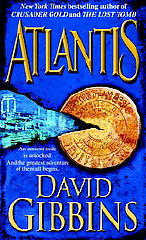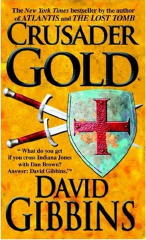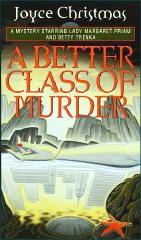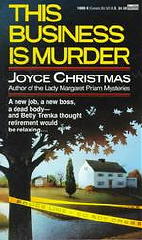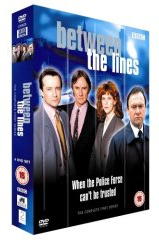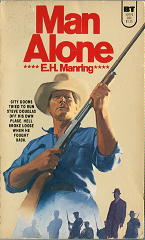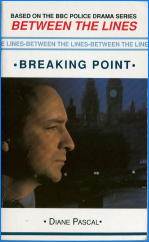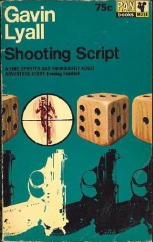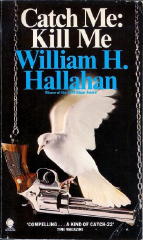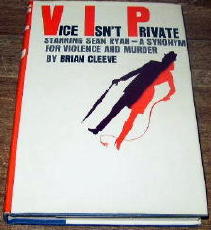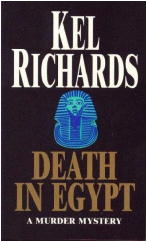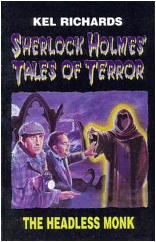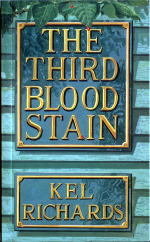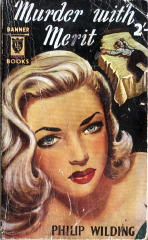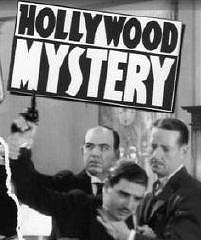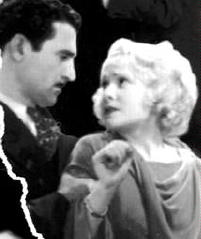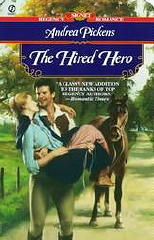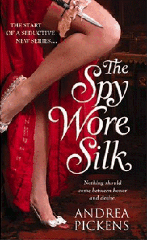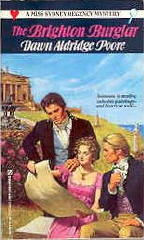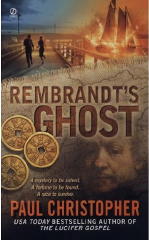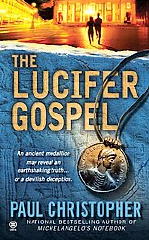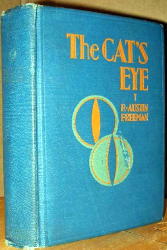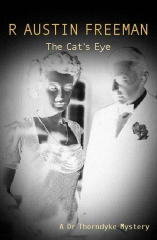JULIETTE LEIGH – The Fifth Proposal.
Zebra, paperback original; 1st printing, July 1999.
Detective mysteries come concealed in the strangest places. This one, for example, was published as a regency romance, and if you didn’t look closely when it first came out, you probably missed it.
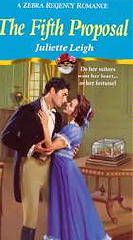
When Shelby Falcon is summoned to her dear grandfather’s home after learning that he’s gravely ill, she doesn’t know it, but she’s about to become an heiress. Or so he announces, with all the other family members circled around him. In his own mind, though, he has no intentions of dying yet.
Someone intends to change those intentions, however, and a series of suspicious and potentially fatal accidents begins to happen to the old gentleman. Shelby suspects one of her four cousins, all debtors and heavily in need of money. Another possible perpetrator is the mysterious Gill, whom she’s never seen before, the old man’s new companion and bodyguard.
As the story goes on, the four cousins in turn make proposals of marriage to Shelby — ah, you do know where this is going, don’t you?
Well, it is a regency romance, after all. Frothy and light, with only the mystery of Colonel Falcon’s unknown assailant to give it a little added substance. The historical period is adequately evoked, at least within my limited experience in such things, but the dialogue (at times) seems a trifle forced to me, and (if this makes sense) artificially created to fit the time period.
PS. It all ends well.
— February 2001
[UPDATE] 06-01-08. And in case you were wondering this as well, yes, the book above is in the Revised Crime Fiction IV, by Allen J. Hubin, and in fact, here’s the complete entry for the author, under two names. (Not all of her books were mysteries. Others were Regency Romances only, and are not listed below.)
LEIGH, JULIETTE. Pseudonym of Dawn Aldridge Poore, 1941- .
The Fifth Proposal (Zebra, 1999, pb) [England; 1800s]
Sherry’s Comet (Zebra, 1998, pb) [England; 1800s]
POORE, DAWN ALDRIDGE. 1941- . Pseudonym: Juliette Leigh. Series Character: Rozanne Sydney, in all.
The Brighton Burglar (Zebra, 1993, pb) [England; 1800s] “When it comes to unsolved crimes and unmatched hearts, Miss Roxanne Sydney is on the case! When Miss Sydney’s late father leaves her with a bed-ridden estate and three younger sisters to marry off, the unsinkable Roxanne decides to keep her family afloat by taking in boarders. But opening her home to strangers becomes a dangerous enterprise indeed when Roxanne finds herself embroiled in the current Brighton mystery: Someone is stealing valuable painting from the wealthy country estates…”
The Cairo Cats (New York & London: Zebra, 1994, pb) [London; 1800s]. “Miss Roxanne Sydney travels to London to attend a wedding, and when one of her two exotic cat statues–artifacts from her father’s Egyptian travels–is stolen, she has a mystery on her hands.”
The Mummy’s Mirror (Zebra, 1995, pb) [Egypt; 1800s] “With her three sisters finally wed, Miss Roxanne Sydney is free to pursue her favorite pastime: a mystery! Accompanied by Miss Flora Rowe, her poor but proper traveling companion, Roxanne is off to uncover the grandest of all mysteries, the land of Egypt. […] …something decidedly odd is going on between the pyramids and the burning sands. And a missing mirror will soon turn the desert into perilous territory for a genteel detective in distress…and in danger of losing her heart!”
The Secret Scroll (Zebra, 1993, pb) [England; 1800s] “When an invaluable ancient scroll vanishes on the eve of her sister’s wedding, Miss Roxanne Sydney looks among the visitors at the Sydney estate to find the culprit.”
